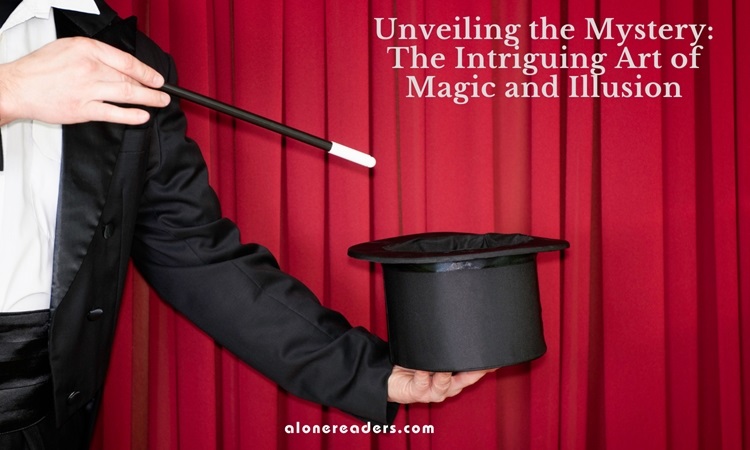
Magic has long fascinated humanity. From the streets of ancient cities to modern theatres, magicians have captivated audiences with feats that seem to defy the laws of nature. But what lies behind these bewitching performances? This article explores the psychology and techniques that make magic tricks so compelling and deceptive.
At the core of a magician's skill is an understanding of human perception. Magicians exploit cognitive biases and limitations in how we process information. This manipulation is not just about sleight of hand; it’s about sleight of mind.
Attention Misdirection
One of the most critical techniques in a magician's repertoire is misdirection. By controlling where the audience looks and what they focus on, a magician can perform actions unnoticed. This can be as simple as a gesture or a gaze directing attention away from the trick's mechanics.
The Art of Illusion: Exploiting Cognitive Biases
Magicians are adept at exploiting cognitive biases. For instance, the 'confirmation bias' leads us to notice and remember things that confirm our beliefs and ignore what doesn’t. If a magician suggests something will happen and it does, we tend to focus on that and ignore any discrepancies.
While psychology is a crucial element, the physical aspect of magic cannot be ignored. Magicians use an array of techniques and tools to create illusions.
Sleight of Hand: The Invisible Art
Sleight of hand involves precise, swift movements that go unnoticed. This could be palming a coin or using quick hand movements to shuffle cards in a deceptive manner. The skill lies in making these movements seem natural and effortless.
Props and Gimmicks: The Magician's Arsenal
Props play a vital role in magic. These range from simple objects like cards and coins to complex mechanical devices designed for specific illusions. The use of mirrors, wires, and hidden compartments can create effects that seem impossible.
An often-overlooked aspect of magic is storytelling. A compelling narrative can enhance the illusion, as the audience becomes engrossed in the story, paying less attention to the mechanics of the trick.
Building Suspense and Engagement
A good magician is also a good storyteller. They build suspense and engage the audience, making the reveal more impactful. The story provides a context that can make the trick more believable or astonishing.
Magic has evolved over the centuries. While the basic principles remain the same, the platforms and methods have diversified.
Traditional versus Modern Magic
Traditional magic was often performed in streets or theatres. Today, digital platforms have opened new avenues for magicians, allowing them to reach a global audience. However, this also means they must adapt their techniques to be effective on camera.
The Influence of Technology on Magic
Technology has introduced new tools for magicians. From sophisticated lighting to digital effects, these advancements have expanded what is possible in the realm of illusion.
For those interested in learning magic, it’s a journey that requires patience, practice, and a deep understanding of both the psychological and mechanical aspects.
Starting with the Basics
Aspiring magicians should start with the basics, such as simple card tricks or coin manipulations. These foundational skills are vital for more complex illusions.
The Importance of Practice and Presentation
Practice is crucial in magic. Even the simplest trick can fail without proper execution. Additionally, how a trick is presented – the timing, the narrative, and the magician’s charisma – plays a significant role in its effectiveness.
Magic continues to enchant audiences because it speaks to a deep human desire for wonder and mystery. The art of illusion, with its blend of psychology, technique, and storytelling, remains a fascinating and evolving form of entertainment.
In conclusion, the world of magic is a complex interplay of psychological manipulation, technical skill, and the power of narrative. Whether it’s a simple card trick or a grand illusion, the art of magic lies in creating a moment of awe and wonder, reminding us that sometimes, seeing is not believing.